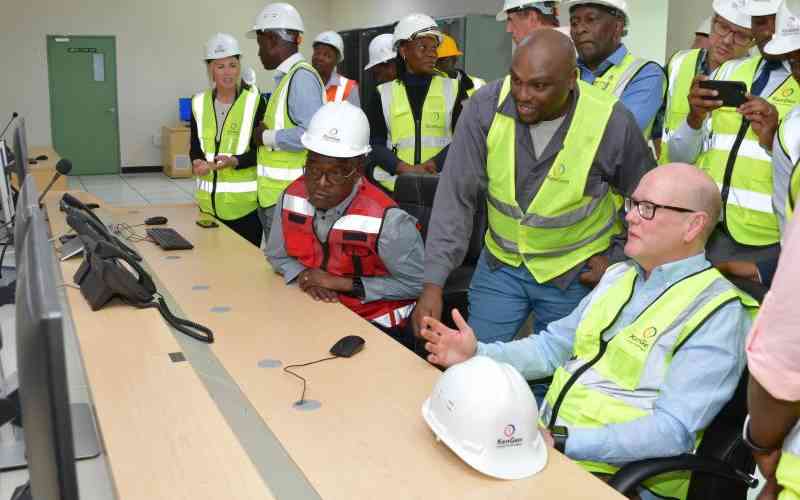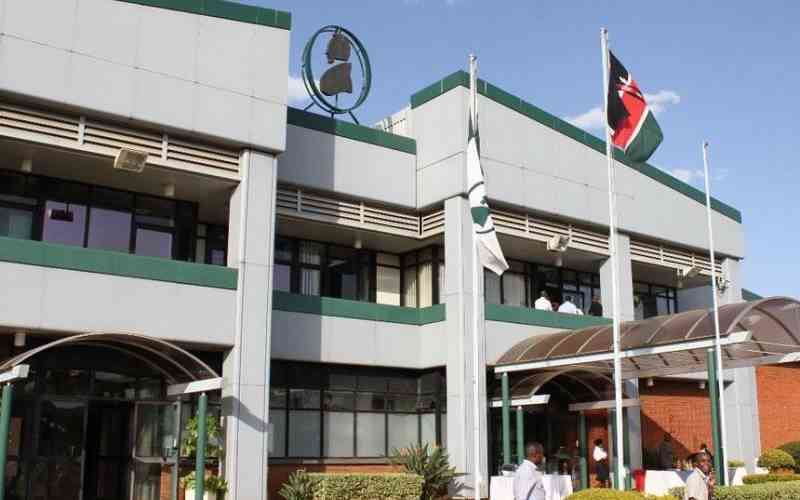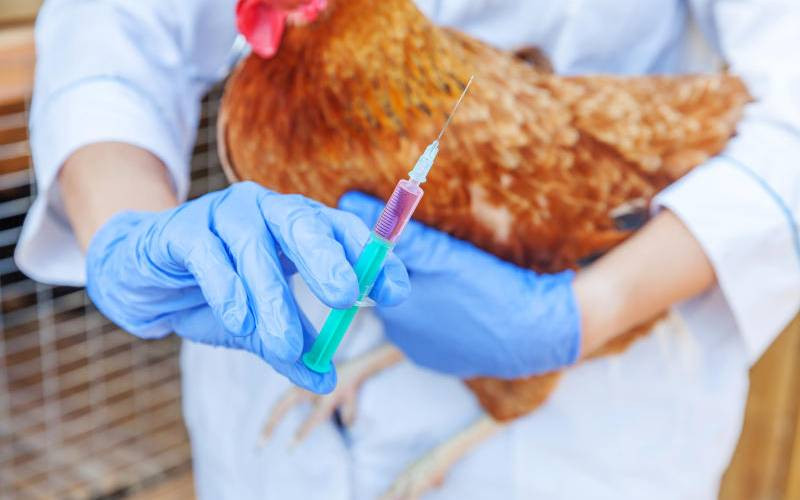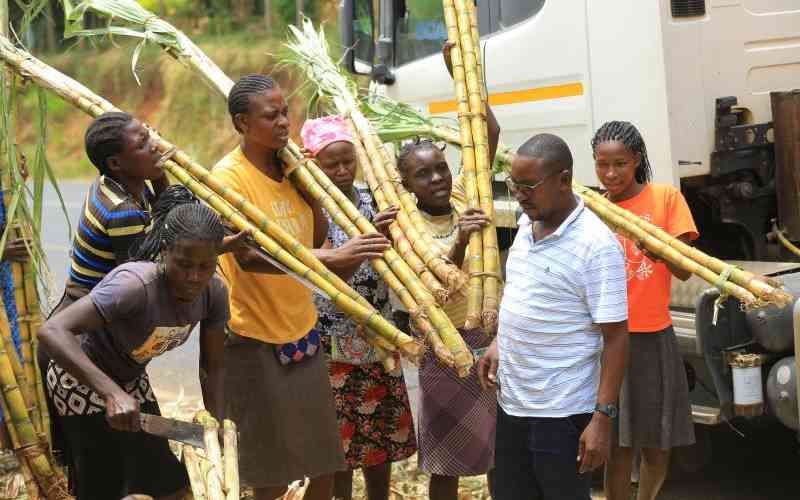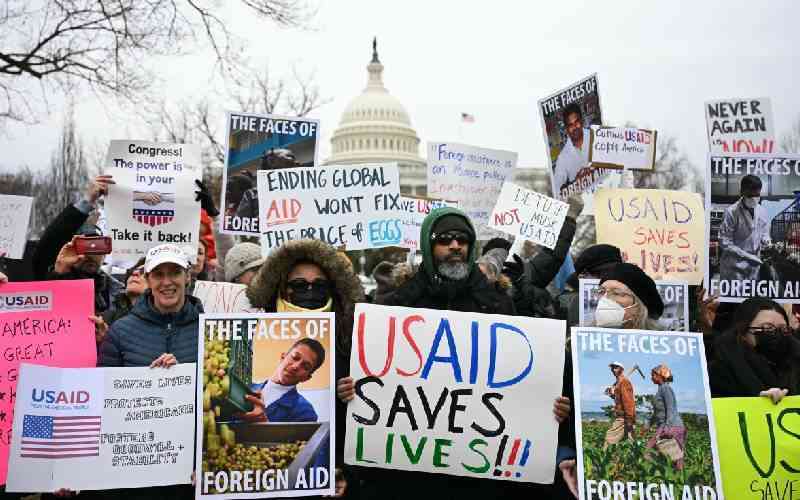
The shock announcement that the sixty-four-year-old USAID has been cancelled at the stroke of a President’s pen went viral earlier this month. While the international headlines may have subsided, the impact on millions of Kenyans has not.
How is the Kenya Kwanza administration and 47 county governments responding to ensure our health rights are not jeopardised? US President Donald Trump’s January 24 “total freeze” order on all US foreign aid is probably the most drastic blanket ban in the entire history of international development assistance. Overnight, USAID building signs, email addresses and websites were brought down.
Close to 1,000 employees and contractors were fired or furloughed. Millions of dollars owed to partners in reimbursements have been paused, driving many into indebtedness or limited liquidity. US$ 50 billion of funding for direct disaster relief, climate change, anti-poverty and health programming was switched off.
The US has also isolated itself from global efforts to combat climate warming and reproductive health violations under the Paris Agreement and Mexico City policy. While the move has been widely condemned by both ordinary and influential Americans across the US political spectrum, it remains to be seen whether political pressure, litigation or legislative action will make a difference.
So far, the administration has ignored a February 14th federal court order to reverse the freeze. The greatest human rights impact will occur far from USAID staff, offices or their local partners.
Some 1.5 million Kenyans living with HIV/AIDS will find it harder to consistently access anti-retroviral medicine. Patients visiting any one of Kenya’s 10,000 health facilities face drug stock outs or with layoffs of 54,000 health workers, too few health workers to treat malaria, cholera, cancer and TB.
Defunding of Dadaab and Kakuma camps directly faces nearly 800,000 refugees. Placed on pause, crucial child centred vaccination campaigns will not prevent polio and other life-threatening diseases. Without substitute financing to match the 500 million dollars Kenya receives annually; disease and deaths seem certain.
With the notable exception of the Rockfeller Foundation, so far, the USD 70 billion philanthropy world has been silent. It seems unlikely that it will fill in the gaps. Once again, Kenya and Africa must look inwards to its emergency, development, environmental and governance programmes.
Despite the looming national crisis, it is not yet clear to most citizens how the national and 47 county governments seek to address it. Failure to plan is a plan for failure and time is running out for Kenya’s patients and healthcare stakeholders. Fortunately, Kenyans can be encouraged by early attempts by National AIDS & STI Control Programme (NASCOP) and National Syndemic Diseases Control Council (NSDCC) to recover by integrating HIV/AIDS programmes in mainstream public health systems.
Over the month, county governments, Health and Finance CSs have scrambled to reallocate funding and absorb health-workers into ministry and county staff. Murang’a, Kisumu, Kilifi and Nandi county governments are setting the pace so far.
All county assemblies must demand clear transition road maps and budget prioritisation from their governments. National or regional manufacturing of antiretroviral medicine must now be put on the policy table for Kenya and East Africa.
Maintaining public confidence is critical. Since Trump’s announcement, some health providers have reported a 50 per cent drop in the number of clients seeking ARVs and new mothers living with HIV/AIDs bringing their infants for available post-natal care.
Health rights organisations, national and county assemblies must monitor service quality and HIV prevention services. The danger of over-reliance on international assistance is now clear. As the 2025/26 budget cycle begins, let our budget-makers not miss the opportunity to fill the gap left by USAID.
Article 43 of the Constitution does not permit any patient or health client to be turned away for lack of medicine or medical workers.
Stay informed. Subscribe to our newsletter
The state must find creative ways of stepping into the gap left by USAID. Only this will stop a new surge in HIV prevalence and spike in non-communicable diseases.


